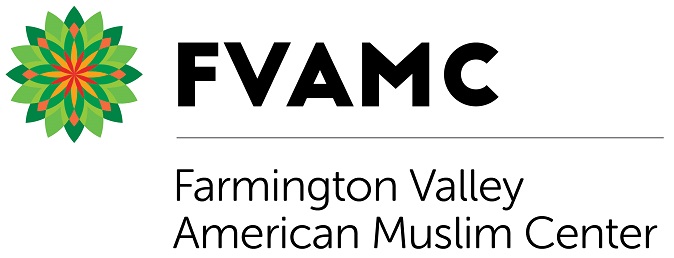harrasment
At FVAMC, Harassment – defined as any verbal, physical, or sexual conduct, designed to threaten, intimidate, or coerce an FVAMC member, by or against any FVAMC member – is prohibited. The following examples of harassment are intended to be guidelines and are not exclusive:
- Verbal Harassment includes comments that are offensive or unwelcome regarding a person’s nationality, origin, race, color, religion, gender, age, body appearance, and/or disability. This includes epithets, slurs, and negative stereotyping. Verbal taunting that impairs someone’s ability to perform his or her job functions is included in the definition of Harassment .
- Non-verbal Harassment includes distribution, display or discussion of any written or graphic material that ridicules, denigrates, insults, belittles or shows hostility, aversion or disrespect toward an individual or group because of national origin, race, color, religion, age, gender, sexual orientation, pregnancy, appearance, disability, sexual identity, marital or other protected status.
- Hostile work environment Harassment creates an offensive and unpleasant working or worshiping environment. A hostile work environment can be created by anyone in the work environment, whether it be supervisors, other employees, or congregants. A hostile work environment can also be created by repeated texts, e-mails or letters to congregants denigrating a community member.
- Sexual Harassment is a form of unlawful employment discrimination under Title VII of the Civil Rights Act of 1964 and is prohibited at FVAMC. Sexual Harassment is defined as unwelcome sexual advances, requests for sexual favors, and other verbal, physical, or written conduct of a sexual nature when submission to or rejection of such conduct is used as the basis for employment decisions or such conduct has the purpose or effect of creating an intimidating, hostile or offensive working, volunteering, or worshiping environment.
Sexual Harassment may take different forms. The following examples of sexual Harassment are intended to be guidelines and are not exclusive:
- Verbal sexual Harassment includes innuendoes, suggestive comments, jokes of a sexual nature, sexual propositions, lewd remarks and threats; requests for any type of sexual favor (this includes repeated, unwelcome requests for dates); and verbal abuse or “kidding” that is oriented toward a prohibitive form of Harassment, including that which is sexual in nature and unwelcome.
- Nonverbal sexual Harassment includes the distribution, display or discussion of any written or graphic material, including calendars, posters and cartoons that are sexually suggestive or show hostility toward an individual or group because of sex; suggestive or insulting sounds; leering; staring; whistling; obscene gestures; content in letters and notes, facsimiles, e-mail, photos, text messages, tweets and internet/social media postings; or other form of communication that is sexual and/or offensive in nature. Physical sexual harassment includes unwelcome, unwanted physical contact, including touching, tickling, pinching, patting, brushing up against, hugging, cornering, kissing and fondling and forced sexual intercourse or assault.
Courteous, mutually respectful, pleasant, non-coercive interactions between employees and members, including men and women, that are appropriate in the congregation and acceptable to and welcomed by both parties are not considered to be Harassment. Islamic ethical principles governing the propriety of interactions, especially between members of the opposite gender, shall exceed these guideline requirements in most cases.
